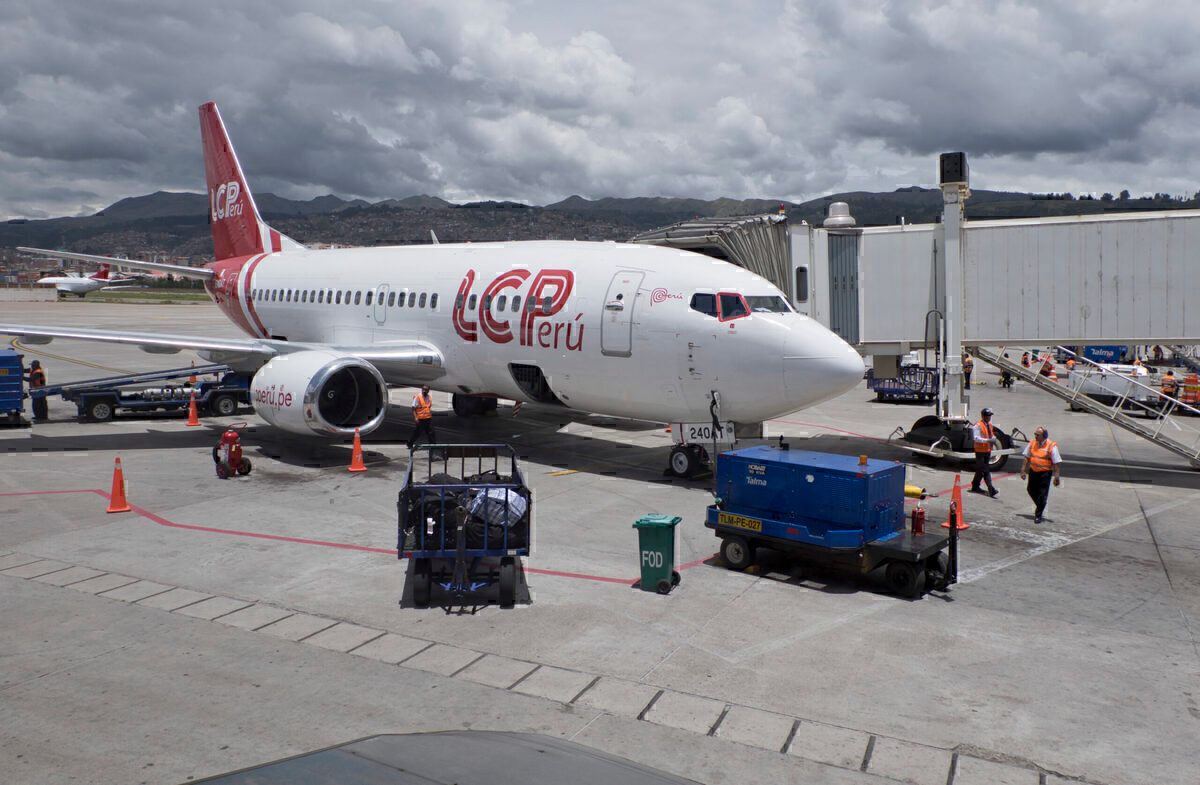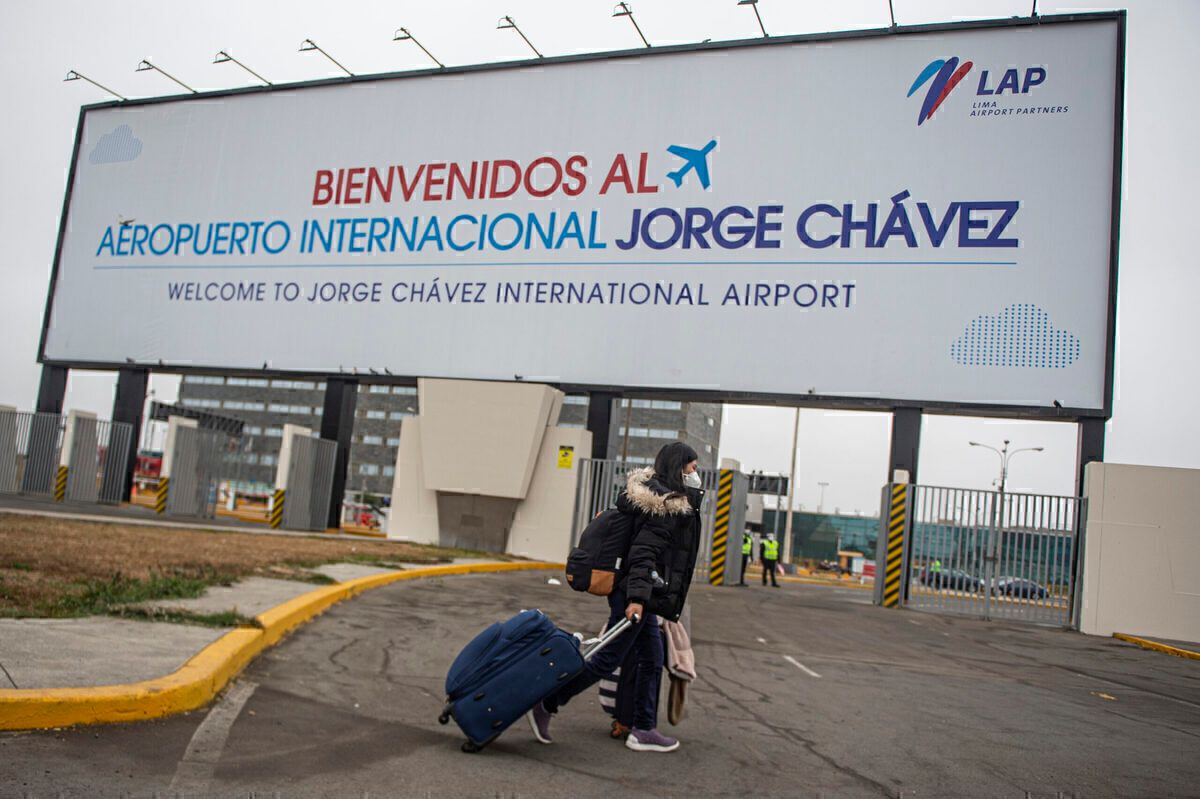The Transport Commission of the Peruvian Congress approved the law project that would allow the creation of a State airline, called Línea Aérea de Bandera del Perú (LAPERU). Nevertheless, the private airline sector in Peru is not happy with the decision. Let’s investigate further.
What would LAPERU look like?
Last November, we discussed the possibility of the Peruvian Government creating LAPERU. The airline would become the first low-cost semi state-owned airline in the world. The original proposal was that the Government would own 35% of LAPERU. The remainder of the airline’s shares would go to a mix of private investors.
The objective of LAPERU would be to create an essential service at a low-cost that promotes Peru’s tourism. The government said,
“Peru’s state carrier can offer a service that satisfies the need of million people of moving from one place to another with the best low-cost fares, without having to pay for ancillary services that have no value for them.”
LAPERU would also serve as a way to keep air traffic revenues in the country. According to the congressman that filed the proposal last year, airlines operating in Peru take away income because they are not Peruvian. He referred to airlines like LATAM, Viva Air, and Sky; all of them fly domestically in Peru but have foreign owners. Avianca used to operate in the country but stopped doing it last year due to the COVID-19 crisis.
What did the Commission approve?
This week, the Transport Commission joined to look deeply into LAPERU’s project. According to local media, the Commission then approved the law project with nine votes in favor and one against.
Nevertheless, the Commission changed the Government stake proposal from 35% to 100%, making it wholly state-owned. According to Julian Palacín, regional expert and former president of the Peruvian Corporation of Airports and Commercial Aviation (Corpac), a wholly state-owned carrier will not be approved by the whole Congress. In an interview with the Peruvian newspaper Gestión, he said,
“My position is that (the airline) is under a public and private association, but in the approval (by the Transport Commission), they changed it into a 100% state company, and I don’t think the Congress will approve that.”
Not everybody is happy
Before COVID-19, state airlines were a declining trend in aviation. That’s not to say that states didn’t have an investment in many carriers, as many do like France and the Netherlands in Air France-KLM. Nevertheless, most Governments saw that having State carriers produced more issues in the long run, as we can see with Alitalia and South African Airways.
In Peru, there used to be several state carriers, like AeroPerú and Tans Peru. Both have ceased operations, but not after posting several annual losses in the 90s and have fatal accidents.
The International Air Transport Companies’ Association (AETAI in Spanish) said that creating a new State-owned carrier would be monopolistic and unconstitutional. It said,
“This proposal, besides turning away private investments and create over costs, is anticompetitive and unconstitutional from the legal point of view; therefore, we reject it all.”
Nevertheless, Peru could use a new Peruvian airline, said Julian Palacín. According to the expert, a new carrier, in which the state holds 20% of the stakes and private investors the remainder, would benefit the country.
He said that before the pandemic, LATAM and Avianca held a semi monopolistic control on the Peruvian market. In the last 20 years, LATAM has earned nearly US$15 billion in Peru but hasn’t invested in the country.
Would you like to see a state-owned airline in Peru? Let us know in the comments.



